Each Student to World online course includes both text-based and video-based curriculum options. Both versions have the same content, so individual students can choose the method that works best for them.
Everyday Humanity
Imagine you were arrested…
…for something that you posted to your Instagram feed!
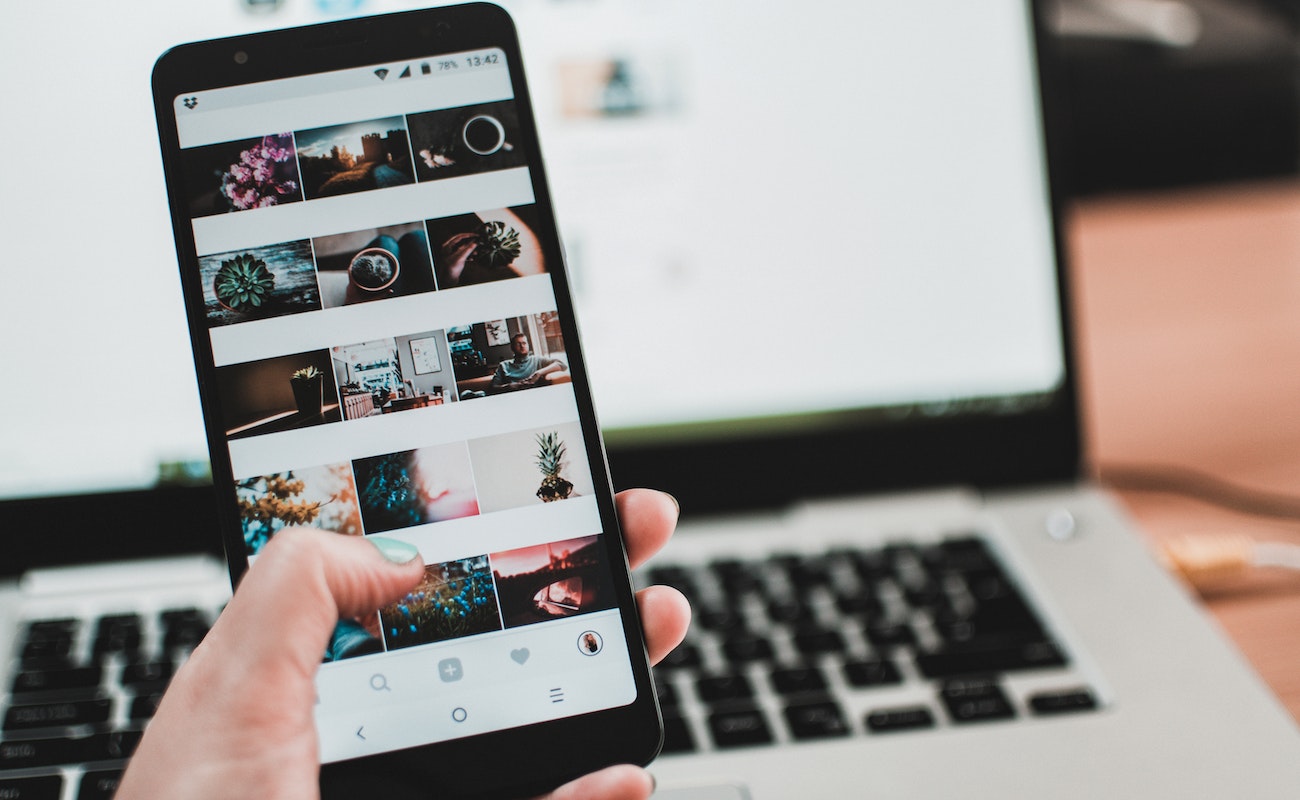
You didn’t give it much thought. You saw someone else has posted a meme of a TV character that you like with a caption that made you laugh, so you decided to post it to your story. The next thing you know, you’re facing up to five years in prison.
![A young woman with dark skin, glasses, hoop earrings and a beige turtleneck looks directly at the camera with an expression of surprise and concern.]](https://gng.org/wp-content/uploads/2022/09/pexels-andrea-piacquadio-3880893-2048x1543-1.jpeg)
You might be surprised to know that, in some places, this kind of thing can happen! It might feel unfair to you, but why?
Does it feel like you should be able to post online without legal repercussions?
Where do you think the right to express yourself freely comes from?
The freedom to express thoughts, opinions, and memes(!) is considered a human right.
According to the United Nations:
“Everyone has the right to freedom of opinion and expression; this right includes freedom to hold opinions without interference and to seek, receive and impart information and ideas through any media and regardless of frontiers.”
Our stories about human rights matter.
What are ‘human rights"?
You may have heard the term ‘human rights’ before, but have you ever considered what it means?
According to the Equality and Human Rights Commission: “Human rights are the basic rights and freedoms that belong to every person in the world, from birth until death. Human rights are rights inherent to all human beings, regardless of race, sex, nationality, ethnicity, language, religion, or any other status.”
Basically, human rights are moral principles that most people agree are fundamentally and universally expected for every human being.
![Seven young Asian women stand, leaning back into one another in a line. They are all smiling and laughing and wearing colorful clothes. Two of them are wearing hijabs.]](https://gng.org/wp-content/uploads/2022/09/pexels-mentatdgt-1206059.jpg)
If human rights are universal, how could someone be arrested for something they posted on Instagram?
Human rights are defined and protected by each country’s government and laws. Not all human rights are protected in all countries.
- What rights do you think should be available to everyone around the world? List them in your head.
- Do you know the human rights protected by your country’s government?
About This Course
This course was created by our unique, youth-led global internship program. Visit the course page to view learning objectives, standards alignments, content formats, and more.
Watch a Video of Module 1 Part 1
As part of Global Nomads Group’s commitment to accessibility, all Student to World video courses include American Sign Language interpretation and Closed Captioning in English and Arabic.
Key Vocabulary
Diverse. adj. Very different.
Individual. n. A single person.
Organization. n. An organized group of people with a particular purpose, such as a business or government department.
Process. n. A series of actions or steps taken in order to achieve a particular goal.
Register
Teachers, Educators, & Leaders
Create an account and invite students or youth participants.
Students
If your teacher or group facilitator gave you a code.
Independent Learners
Take a course on your own.
Already have an account?
Saamia, Youth from Saudi Arabia
“Nelson Mandela once said, ‘To deny people their human rights is to challenge their very humanity.’ Over the past week, I was able to drink clean water, eat food, practice my religion freely, and express my opinions. Even though we overlook these tiny actions, they actually are very important. This is because they represent our human rights. Since the day I was born, I had the right to adequate standard of living since I have shelter and all the basic necessities. I also had the right to acquire education. I went to school regularly. When I twisted my ankle and got hurt, I had the right to receive healthcare. I was able to experience a peaceful environment, and I received no threats. This means that I had the right to life and liberty. Most importantly, I had the right to privacy. These are some of the many human rights that everyone has.”
Saamia, Youth from Saudi Arabia
“Nelson Mandela once said, ‘To deny people their human rights is to challenge their very humanity.’ Over the past week, I was able to drink clean water, eat food, practice my religion freely, and express my opinions. Even though we overlook these tiny actions, they actually are very important. This is because they represent our human rights. Since the day I was born, I had the right to adequate standard of living since I have shelter and all the basic necessities. I also had the right to acquire education. I went to school regularly. When I twisted my ankle and got hurt, I had the right to receive healthcare. I was able to experience a peaceful environment, and I received no threats. This means that I had the right to life and liberty. Most importantly, I had the right to privacy. These are some of the many human rights that everyone has.”
The Universal Declaration of Human Rights
The United Nations (UN) is an organization with representatives from 193 countries from around the world. It was created in 1945 with the goal of creating and maintaining peace, civility, and cooperation worldwide. In 1948, global leaders established a universal understanding of human rights that is shared between all 193 countries that are a part of the UN.
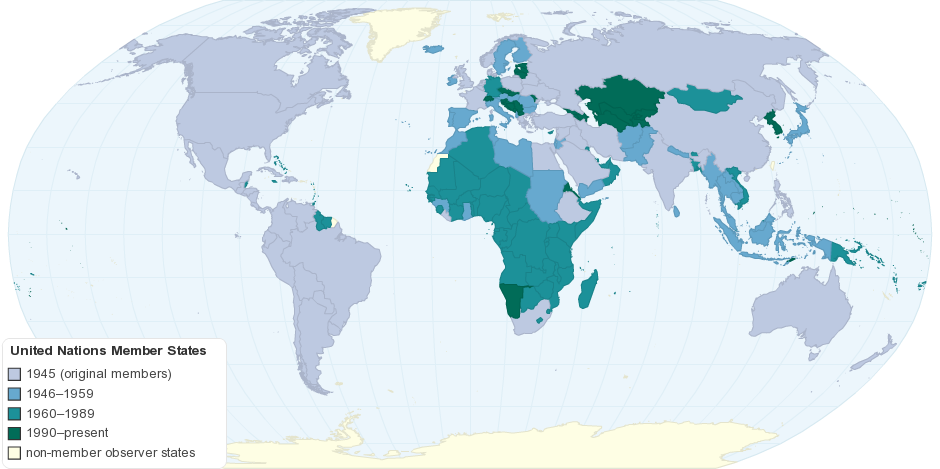
The Universal Declaration of Human Rights (UDHR) is a document of 30 basic human rights that was adopted by the United Nations General Assembly to ensure the rights and freedoms of all of humanity. These human rights include:
- the right to equal access to public service
- the right to education
- the right to work
- right to freedom of thought, conscience, and religion
And many more! You can see the full list here (opens in a new window).
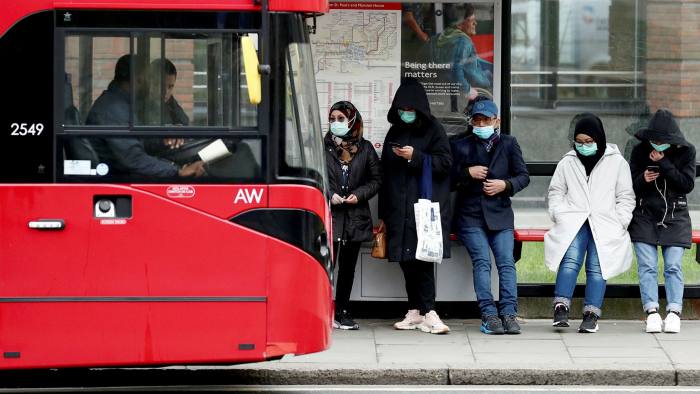
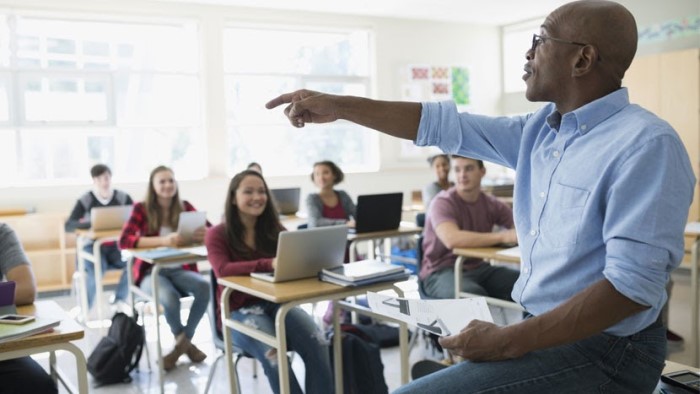
![A young man with dark hair, olive skin, and a short beard sitting at a desk in front of a large computer monitor and a laptop.]](https://gng.org/wp-content/uploads/2022/09/Workplace.jpg)
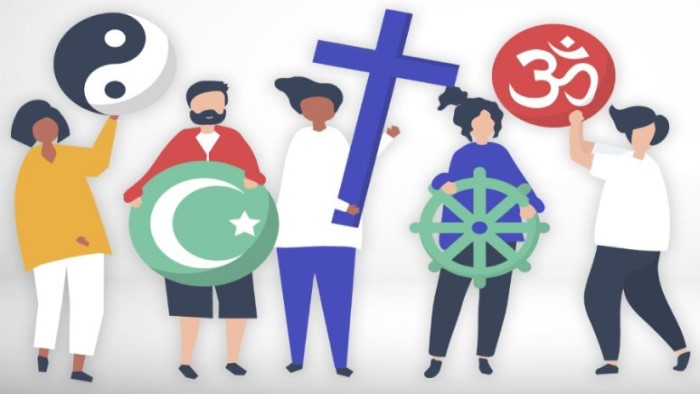
For example, North Korea’s leader Kim Jung-un enforces strict rules to maintain power over the people of his country. He does not allow the people of North Korea the same human rights that most countries agree are necessary.
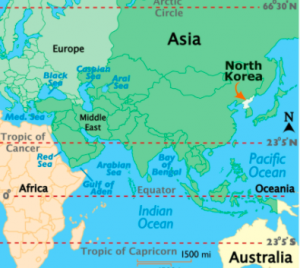
North Korean citizens are punished by law for expressing any negative opinions about the government. They are unable to assemble or peacefully protest; they are not able to choose their own religion or produce media that is independent of the government. Those who are discovered are arrested for exercising these basic rights and often tortured as punishment.
Sometimes, our definition of a Human Rights Violation depends on our understanding of what human rights are and who we think deserves them.
For instance, some people believe that prisoners who have been convicted and sent to prison for a crime should not be afforded the same basic human rights as people outside of the prison system. They think that it is not a Human Rights Violation for a person in prison to experience solitary confinement, unsanitary living conditions, forced labor, and other indignities. Other people think that human rights should extend to all people, regardless of their circumstances and that the cruel treatment of people in prison is a Human Rights Violation.
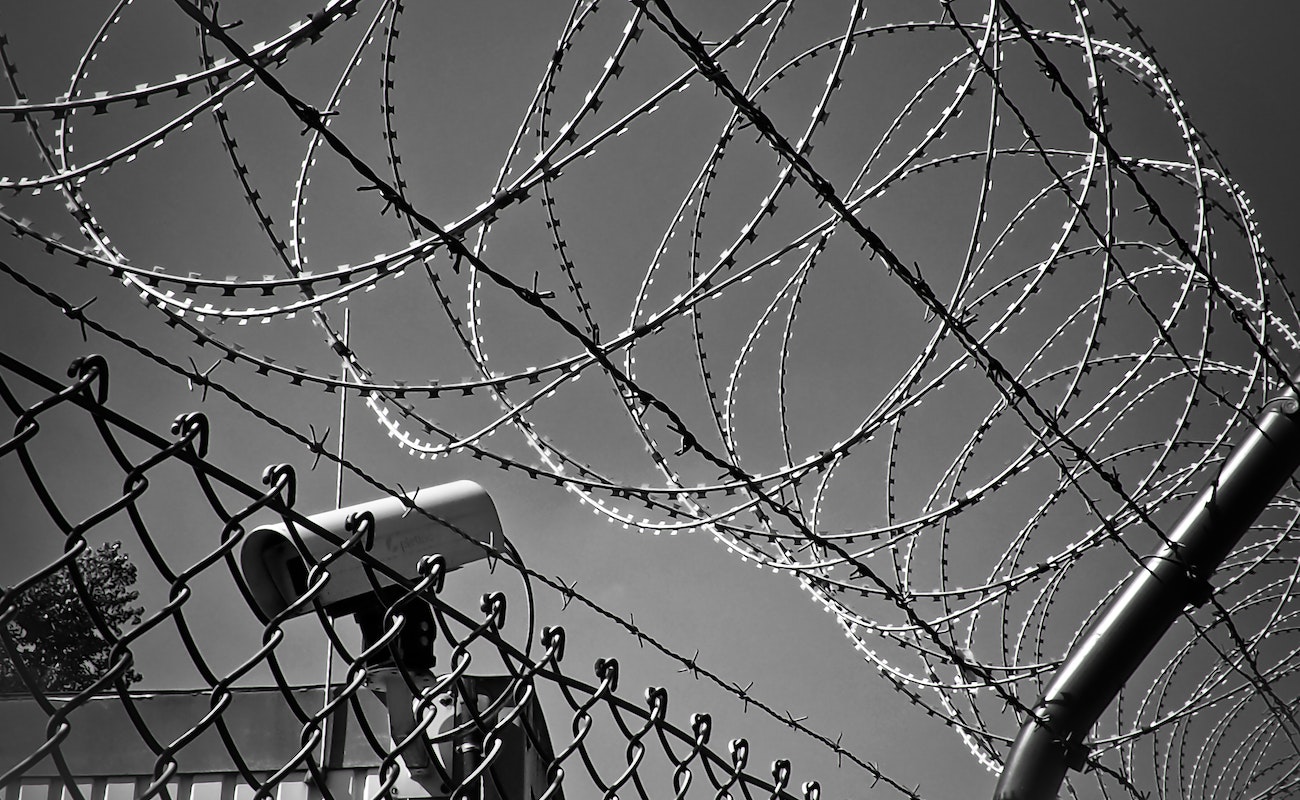
– Can you think of a time when you witnessed a Human Rights Violation? Who was this violation performed by (for example an individual, leader, lawmakers, another country)?
– What groups of people do you think are most vulnerable to experiencing Human Rights Violations?
– What violations are experienced by multiple groups of people? How so?
It is important to remember that Human Rights Violations are often actions of the state or government. Sometimes these violations are performed indirectly, like when the government fails to prevent them. Other times the government or state directly violates the rights of the people. Individual citizens can violate each others’ human rights, but for now we will focus on government violations of human rights.
Lujain, Youth from Jordan
“Last week I practiced a lot of human rights without realizing it and one of them was the right to a standard of living adequate. As I buy food, water and clothes, and have a place to sleep every day. I can’t imagine my life without these things in it, so I should be thankful every day and strive to help people who do not have such rights in their country because we all deserve to practice our rights in full freedom.”
Lujain, Youth from Jordan
“Last week I practiced a lot of human rights without realizing it and one of them was the right to a standard of living adequate. As I buy food, water and clothes, and have a place to sleep every day. I can’t imagine my life without these things in it, so I should be thankful every day and strive to help people who do not have such rights in their country because we all deserve to practice our rights in full freedom.”
Human Rights Violations
You personally may not experience Human Rights Violations every day, or even at all. But, there are many people around the world who do. For example, did you know…
- In at least 81 countries people face torture and abuse.
- In at least 54 countries many face unfair trials.
- In at least 77 countries people are restricted in their freedom of expression.
Getting more specific,
– In 2007, Brazilian police killed at least 1,260 individuals and received little to no investigation
– 500,000 people have died in Uganda’s internally displaced person camps
– 75,000 people have been placed in Vietnamese “rehab camps,” and labeled as high risks for HIV/AIDS but have not been offered any treatment.
![Brazilian police in riot gear with machine guns, helmets, and shields on one side of a town’s street with civilians on the other side of the street.]](https://gng.org/wp-content/uploads/2022/09/Police-brutality-1024x683-1.jpg)
![A large group of Ugandan citizens in a displaced person’s camp. Many are standing around talking or sitting on or near bags and buckets.]](https://gng.org/wp-content/uploads/2022/09/Displacement-camp.jpg)
![Vietnamese men in black and white vertically striped prison uniforms.]](https://gng.org/wp-content/uploads/2022/09/Rehab-camps.jpg)
It’s hard to say that any country’s government protects against all human rights violations, because violations happen even when the law deters them. However, people (and especially young people!) can come together to demand that countries pay more attention to the human rights of their citizens.
Human Rights in our Daily Lives
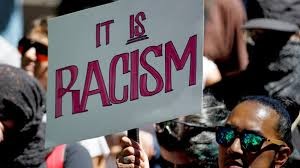

You may not think about it often, but we all exercise human rights every day, and some of us may face human rights violations regularly. When we share our stories of human rights, we connect to one another in the hopes that everyone’s human rights will be respected and protected. The stories of people our age are some of the most powerful.
Lecturer and community organizer Marshall Ganz has a framework we can use to start the process of preventing human rights violations together as global peers. We begin with our own stories as Public Narratives. Sharing our stories publicly is a first step toward collective action. In telling our stories, we become leaders who motivate others to join us in creating positive change. We start with our own stories, the stories of self.
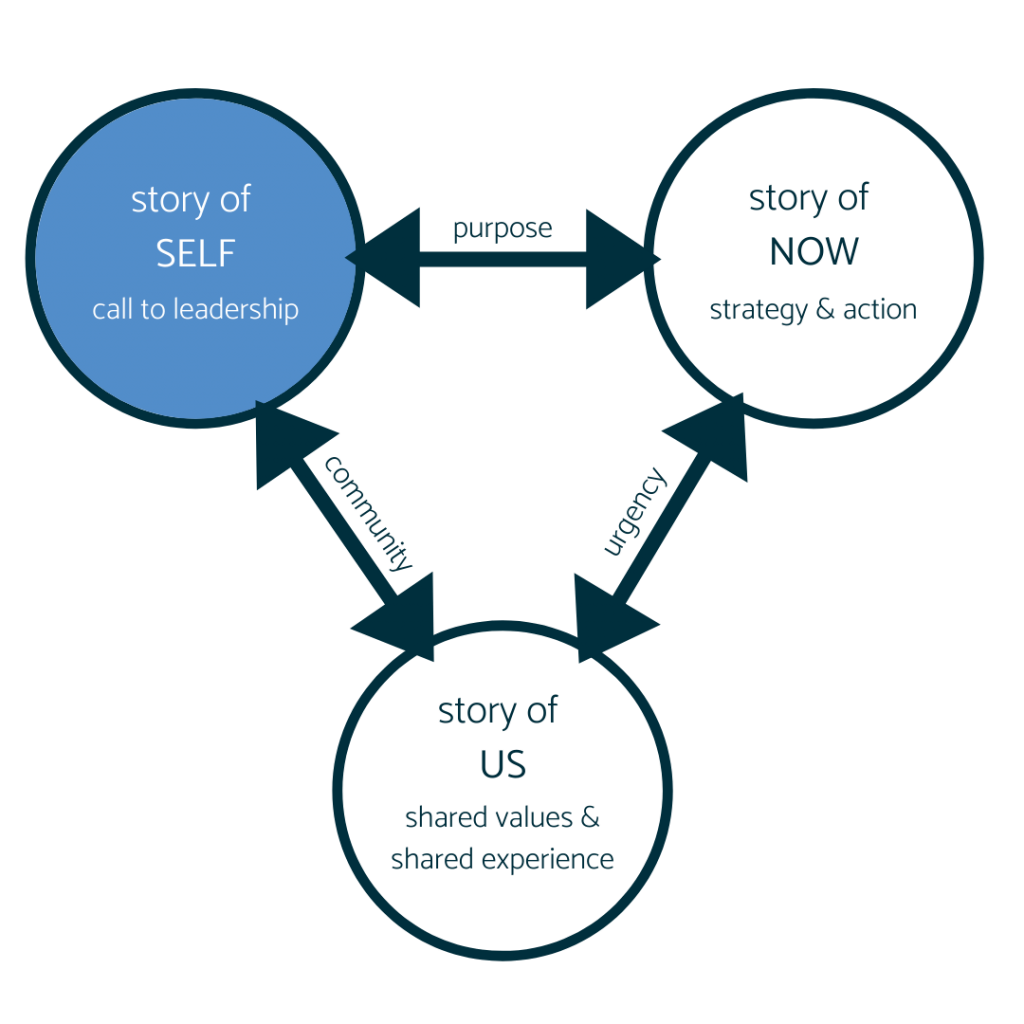
Let’s watch some stories! Here, Mosa and Kerem’s vlogs show us how they think about human rights in their everyday lives:
Sharing our human rights stories helps give us purpose, builds our community, and empowers us to make a difference!
You’re ready to explore...
Now that you understand the ways that human rights impact your everyday life, you’re ready to explore perspectives about human rights from around the world. Imagine you’re traveling to other countries to hear what other young people have to say about exercising human rights in their lives. Their stories and more are waiting for you on the next page.
To explore stories and resources, register for this course!
Register
Teachers, Educators, & Leaders
Create an account and invite students or youth participants.
Students
If your teacher or group facilitator gave you a code.
Independent Learners
Take a course on your own.
Already have an account?
About This Course
This course was created by our unique, youth-led global internship program. Visit the course page to view learning objectives, standards alignments, content formats, and more.
Watch a Video of Module 1 Part 1
As part of Global Nomads Group’s commitment to accessibility, all Student to World video courses include American Sign Language interpretation and Closed Captioning in English and Arabic.
Key Vocabulary
Diverse. adj. Very different.
Individual. n. A single person.
Organization. n. An organized group of people with a particular purpose, such as a business or government department.
Process. n. A series of actions or steps taken in order to achieve a particular goal.
Register
Teachers, Educators, & Leaders
Create an account and invite students or youth participants.
Students
If your teacher or group facilitator gave you a code.
Independent Learners
Take a course on your own.

